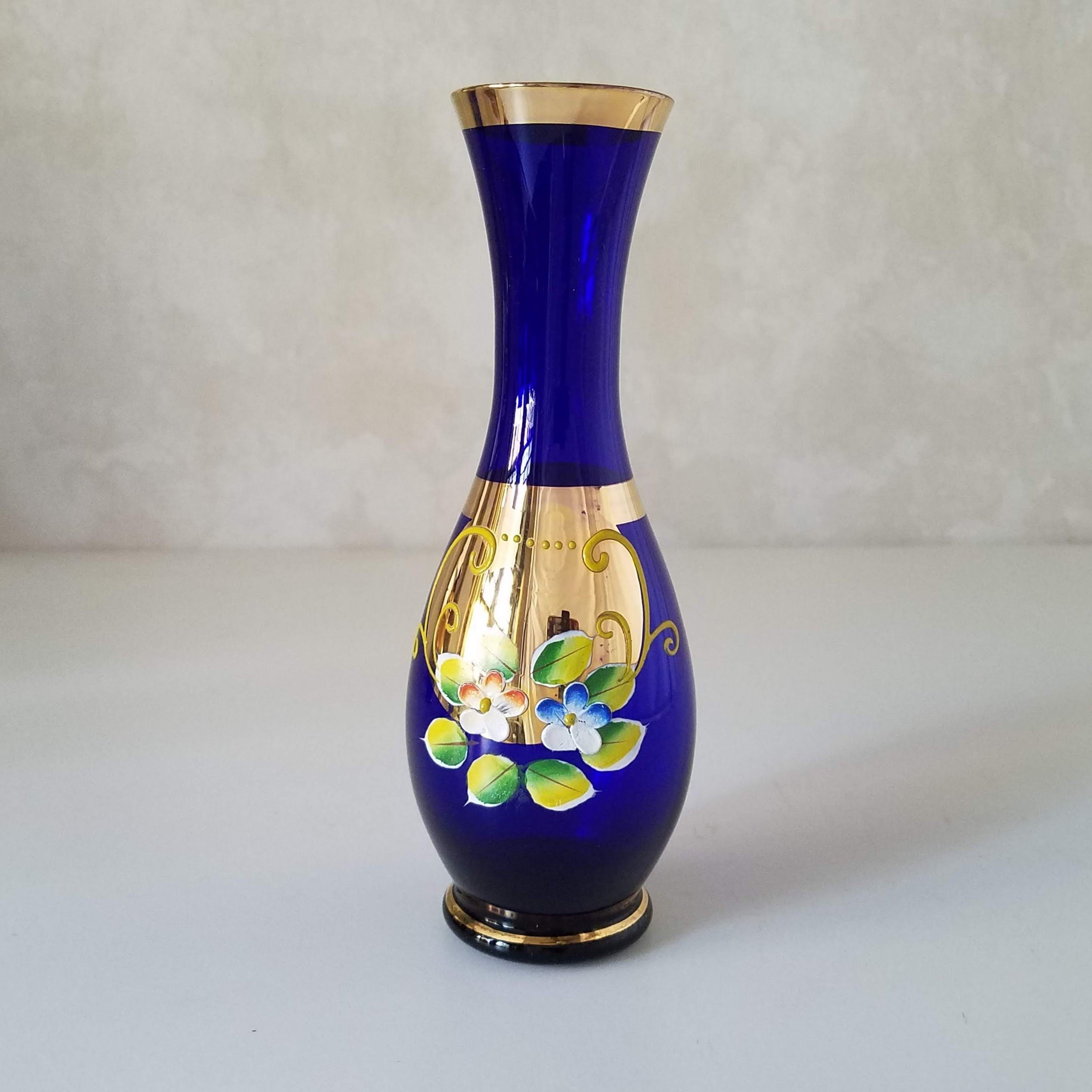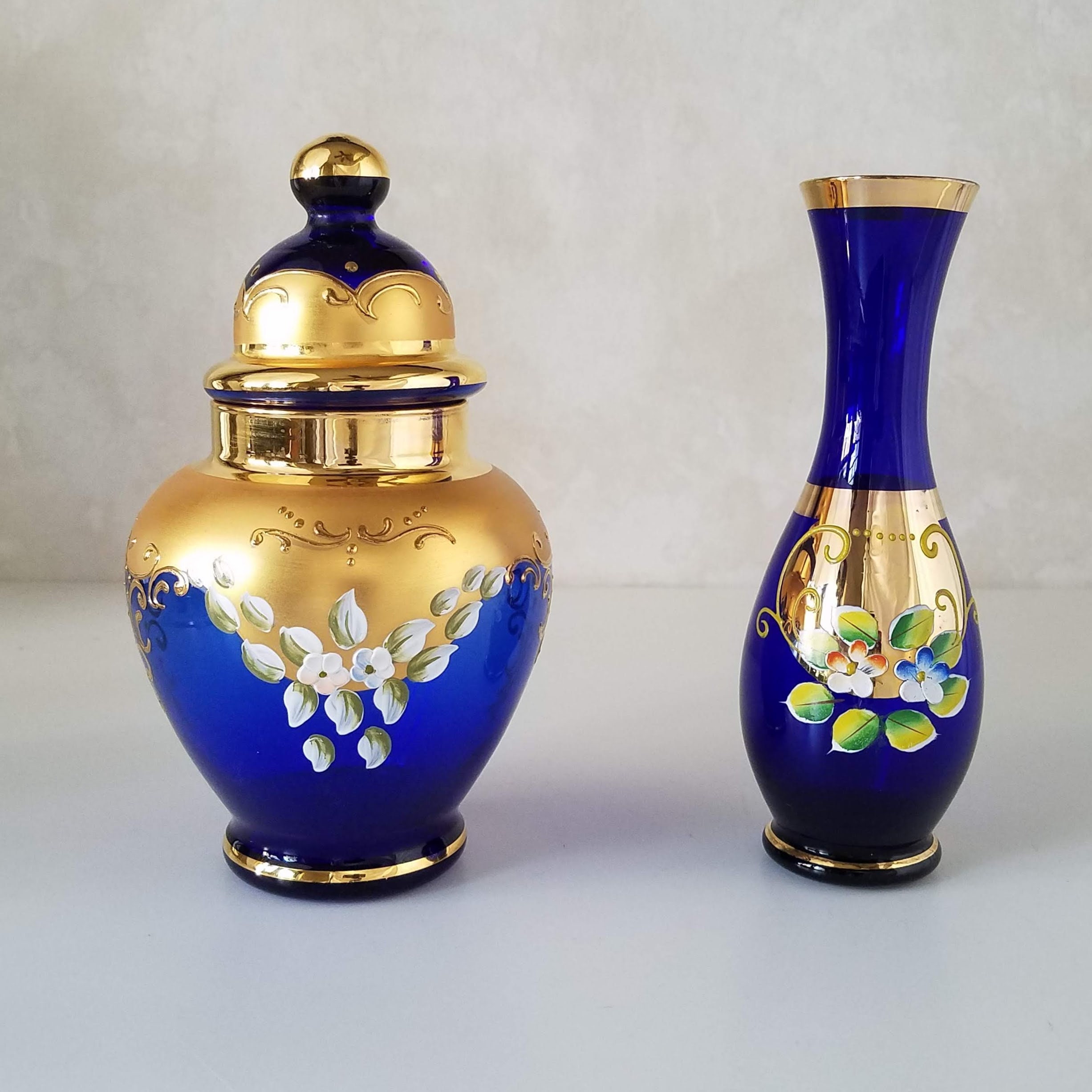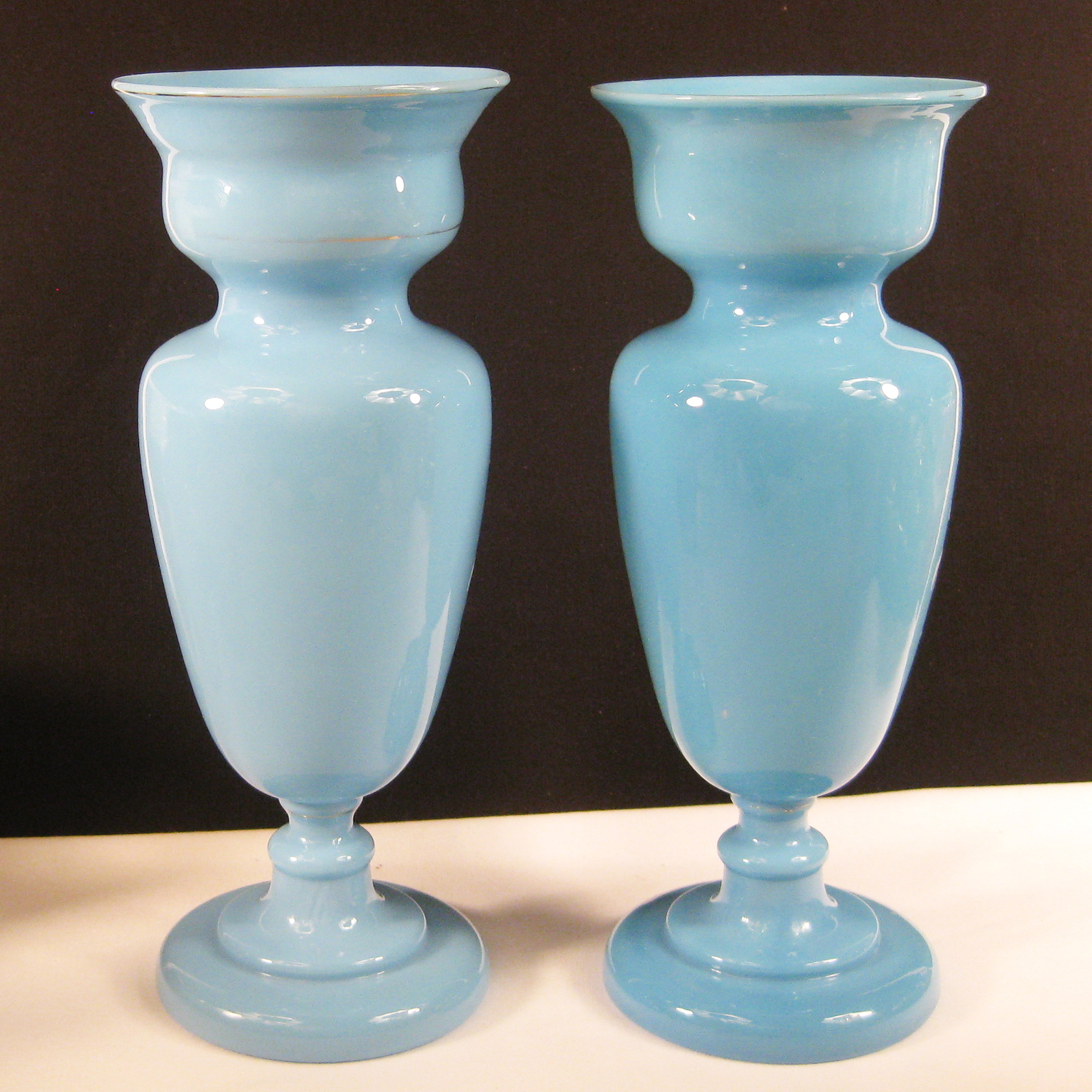History of Blue Glass Vases

The allure of blue glass vases has captivated civilizations for millennia, transcending cultural and temporal boundaries. Their origins can be traced back to ancient Egypt, where artisans crafted vibrant cobalt blue glass vessels as early as 1500 BCE.
The azure hue of the blue glass vase brings a touch of serenity to any room. Its simple yet elegant design complements a variety of decor styles, from modern to farmhouse. If you’re looking for a unique way to add character to your walls, consider pairing the vase with farmhouse wall art.
The rustic charm of the artwork will create a cozy and inviting atmosphere, while the blue glass vase will add a pop of color and sophistication.
During the Roman Empire, blue glass vases flourished as symbols of opulence and refinement. The renowned Portland Vase, created in the 1st century CE, exemplifies the intricate cameo glass technique, where layers of colored glass are carved to reveal intricate designs.
Islamic Glassmaking
In the Middle Ages, Islamic glassmakers played a pivotal role in advancing the art of blue glass vases. They introduced new techniques such as enamel painting and luster decoration, creating vases adorned with intricate arabesques and calligraphy.
The vibrant cobalt blue glass vase shimmered under the sun’s rays, its smooth surface reflecting the surrounding greenery. It stood proudly amidst a cluster of lush plants, its elegance contrasting with the rustic charm of the metal garden art nearby.
The intricate metalwork of the sculptures seemed to dance in the breeze, casting intricate shadows upon the ground. As the sun began to set, the blue glass vase glowed with an ethereal luminescence, casting a soft, blue hue over the garden.
- The Al-Andalus region of Spain became a renowned center for blue glass production, producing exquisite vases that showcased the fusion of Islamic and European influences.
- The Fatimid dynasty of Egypt produced distinctive blue glass vases with iridescent glazes, known as “fatimid blue,” which became highly prized.
Techniques for Creating Blue Glass Vases

The creation of blue glass vases involves a delicate interplay of raw materials, pigments, and firing techniques. Skilled artisans employ traditional and contemporary glassblowing methods to transform molten glass into exquisite works of art.
Raw Materials and Pigments
The base material for blue glass vases is typically soda-lime glass, composed of silica sand, soda ash, and lime. To achieve the desired blue hue, various metal oxides are introduced as pigments. Cobalt oxide is commonly used to produce deep, vibrant blues, while copper oxide can create turquoise or greenish-blue shades.
Traditional Glassblowing Techniques
Traditional glassblowing techniques have been passed down through generations of artisans. Using a blowpipe, molten glass is gathered and shaped by blowing and manipulating it with tools. The glassblower controls the thickness, form, and surface texture of the vase by skillfully guiding the molten glass.
Contemporary Glassblowing Techniques
Contemporary glassblowing techniques often incorporate innovative approaches and tools. Kiln casting, for example, involves pouring molten glass into a mold and firing it in a kiln to create intricate shapes and textures. Lampworking uses a torch to melt and shape small pieces of glass, which are then assembled to form the vase.
Firing Techniques
The firing process plays a crucial role in determining the final appearance of the blue glass vase. Controlled heating and cooling cycles allow the glass to anneal, reducing internal stresses and enhancing its durability. Some firing techniques, such as flameworking, involve exposing the glass to a direct flame to create unique patterns and effects.
Design and Aesthetics of Blue Glass Vases

The captivating allure of blue glass vases stems from their exquisite aesthetic qualities, where shape, form, and color harmoniously intertwine to create breathtaking works of art. The azure hues of blue glass evoke a sense of serenity, evoking images of tranquil waters and boundless skies, while the interplay of light and form adds depth and dimension to these captivating vessels.
The shape of a blue glass vase can profoundly impact its overall design. From the graceful curves of an Art Nouveau vase to the sleek, minimalist lines of a contemporary piece, each form conveys a distinct character. Tall, slender vases lend an air of elegance, while squat, bulbous vases exude a sense of stability and strength. The form of the vase also influences its functionality, determining the type of flowers or arrangements it can accommodate.
Color and Texture
The color of a blue glass vase is a key factor in determining its aesthetic appeal. Cobalt blue, with its deep, saturated hue, evokes a sense of mystery and sophistication. Turquoise, with its vibrant, tropical undertones, adds a touch of playfulness and exoticism. The addition of other colors, such as green or purple, can create striking effects, adding depth and complexity to the overall design.
The texture of a blue glass vase can further enhance its visual appeal. Smooth, polished surfaces reflect light, creating a shimmering effect that adds a touch of glamour. Textured surfaces, such as those achieved through etching or sandblasting, add a tactile element to the vase, inviting the viewer to explore its contours.
Design Styles, Blue glass vase
Blue glass vases have been influenced by a wide range of design styles throughout history. Art Nouveau vases, with their sinuous lines and organic motifs, reflect the influence of nature. Art Deco vases, characterized by their geometric shapes and bold colors, embody the glamour and opulence of the 1920s. Contemporary blue glass vases often showcase innovative forms and unconventional materials, pushing the boundaries of traditional design.
| Design Style | Shape | Color | Texture |
|---|---|---|---|
| Art Nouveau | Curved, organic | Cobalt blue, turquoise | Smooth, polished |
| Art Deco | Geometric | Cobalt blue, black | Textured, etched |
| Contemporary | Innovative, unconventional | Cobalt blue, turquoise, green | Smooth, polished, textured |